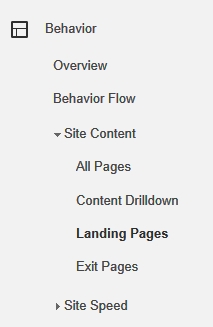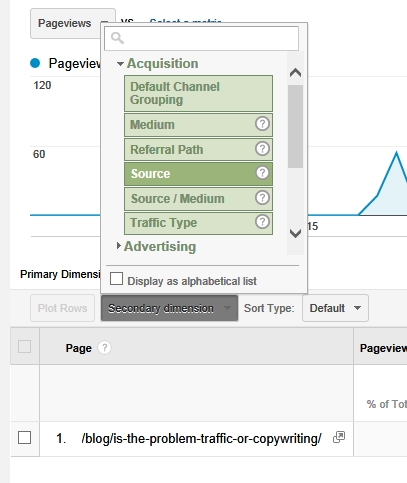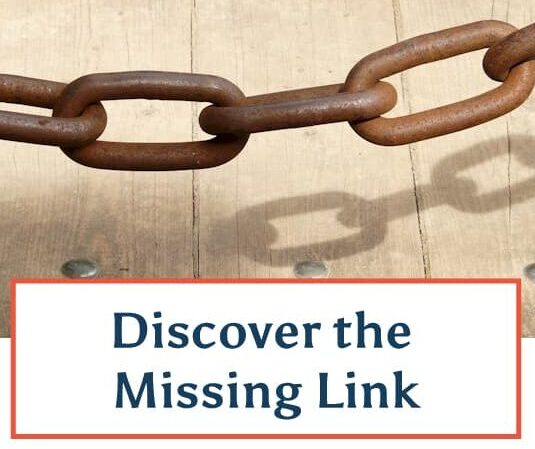Do you sell products and services via the Internet?
Do you get the results you want?
If you don’t get the results you want, it’s helpful to re-visit each step of your “marketing sales path” to see where tweaks can be made.
Do a little marketing detective work
For instance, let’s say your sales path starts with an email broadcast, which directs the reader to your website. Here are the different statistics you will want to analyze to see what’s working and what’s not.
- Open Rate: Open rates, on average, hover around 20-25%, and in some industries, open rates go as low as 15%. (See Mail Chimp’s Open Rate by Industry table. Here’s HubSpot’s version of the Open Rate by Industry.) About half of all email users will open their email with the graphics turned on, which sends a “beacon” back to the email server to indicate “This person opened an email.” If they don’t have their graphics turned on when reading emails, then they won’t show up in your Open Rate. So, if your statistics show an open rate of 10%, that means that it’s closer to 20%.
- Check Click-through Rates: Just because someone opens an email doesn’t mean they read it. One way to calculate whether people are actually reading your emails is click-through rate (CTR). CTR is the percent of people who clicked on a link in your email which took them to your website. You can get this statistic either from your email company or from your website statistics. You’re either calculating CTR (number of people who clicked compared to total emails sent) or CTOR (number of people who clicked compared to total emails opened.) There are a lot of opinions, pro and con, for whether you should put links in your emails or simply put the full text in your emails. Read more about that here in my blog post “Include Full Articles or Only Links?”.
- Check Your Website Statistics: Once they click through from the email to the page where you are making your offer, how long are they staying there? This number helps to guide you as to whether they’re actually reading the web page text or not. If your web page is too long, poorly written, or doesn’t clearly explain what you’re offering, people may be turned off. Or perhaps the text isn’t formatted in a way that’s conducive to reading. If they’re not staying long enough on the page to read it, it’s time to re-write the page. HINT: to determine how long it really takes to read the entire page, read it out loud to yourself. That will slow you down so that you read every single word as if it were the first time you’d seen the page.
- Bounce Rate: If they read the website text, does it answer all their questions? If not, they may click away from your website and never return. Check your bounce rate. Bounce rate is expressed as a percentage of the people who visit one page of your site, then leave immediately without looking at other pages on your site. Google says the average bounce rate is between 40-60%. If your bounce rate for your page is less than 40%, you’re doing great! If it’s over 60%, you need to tweak that page.
- Call To Action. What are you asking people to do once they read your page? A strong call to action matters. Let’s say you’re selling a class. Should the call to action be “buy now?” Maybe it would be better as “register now” or “click here to register.”
- Sales Rate: Did they buy? Which payment option did they use?
Which traffic sources give you the best results?
Every step along the sales path is an opportunity to tweak your technique. Your e-commerce path might start with web traffic from a search engine (so good SEO is important) or it might start with online referrals from other sites. Perhaps you’re using sites like Facebook, LinkedIn and Twitter to send traffic back to your site. Check each of these “sources” in your website statistics to see which ones yield the most traffic.
To do that, first go to the Landing Pages section of Google Analytics. You’ll find it under the Behavior section of the menu. (Behavior>Site Content>Landing Pages)

Then use a very cool feature of Google Analytics, the “Secondary Dimension,” which allows you to select a page you want to focus on and drill down to each source of traffic and how much each source sent traffic to individual landing pages.
To do this:
- In the Landing pages table, click on the URL of the page you want to study. This will bring up statistics only for that page and help you drill down to get specifics for that page.
- Above the “Page” column, you’ll see a button that says “Secondary Dimension.” Click on that, and a drop-down menu will appear of all the different statistics you can get about that page.
- Select “Acquisition” then “Source.” This will show you all the sources of traffic to this specific page. Check the Time on Page and Bounce Rate for each source, to see which one yields the best results.

NOTE: When source says “(direct)” that means that people came directly to this page without going through an additional website. These are the people who click-through from emails or type your URL into their browser.
If people are reading their email in a browser-based email system, like Gmail or Yahoo Mail, the source might say Google or Yahoo.
Once you find the right combination of the steps above that brings the best results, you then repeat that over and over again.
By the way, I recommend you use Google Analytics, if you are not already using it. It’s free and it gives you a ton of good information about how your marketing campaigns are doing.
Do You Find These “How-To” Types of Posts Helpful?
Let me know if you find this helpful and if you’d like to see more of these step-by-step “how-to” types of posts!

 How to Choose the Best Marketing Techniques
How to Choose the Best Marketing Techniques
